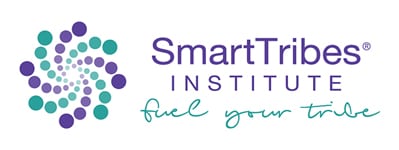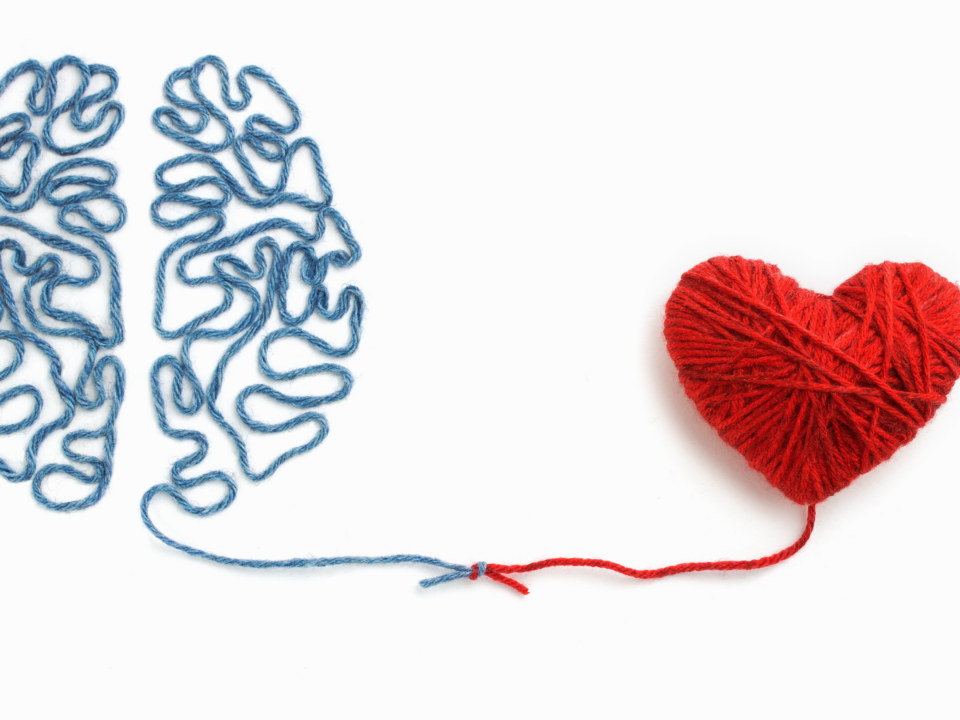
Are You Scaring Your Team Into Critter State?
August 21, 2019
Manage Your Ego Or It’ll Manage You!
October 14, 2019
*As originally seen on Forbes.com
Once you reach your 40s, or possibly earlier, you’re likely to have experienced a profound personal hardship and had to navigate through it while keeping your job.
Whether it’s the death of a loved one, a divorce, a life-threatening disease, a significant injury or something else, personal hardship takes its toll on us all at one point or another.
https://player.acast.com/crack-the-behavior-code/episodes/working-through-personal-hardship?theme=default&cover=true&latest=true
Here are some tips to care for yourself and others when these twists and turns of life occur:
1. Check In with Yourself – The Emotion Wheel is a helpful tool to get you in touch with how you’re feeling. Give yourself the gift of being honest when others ask you how you are. When my father passed away and people asked how I was I’d say “really sad” or whatever was true. Then I’d notice people would either try to talk me into feeling better (don’t do this! Let a person feel what they feel), or they’d change the topic, or they’d meet me where I was with compassion and kindness. The latter always felt best. When you’re going through a hardship your job is to feel and process it, not to fake it to make others feel better. That approach will only suppress the grief and lengthen the healing process.
2. Ask For Help – Yes, many of us have been taught that this is a sign of weakness (as is vulnerability), but it couldn’t be farther from the truth. People want to help. It feels good. And when they are asked for help, it lights up the reward center in their brain and is deeply fulfilling to them [see work of Naomi Eisenberger of UCLA]. Asking for help is actually generous to others, as well as to yourself. Saying you can’t do something honors your Organismic Rights to Exist and to Have Needs. It took me a while to let myself reach out to others, and it amazed me how eager they were to help, and how deeply satisfying it was for them.
3. Pad Your Schedule – When you’re in the middle of a personal crisis or profound hardship, you’re not fully present. You can’t be. Part of you is processing the trauma, grief, shock of the experience. And based on the degree of intensity, the part of you that’s temporarily “away” can be a huge part. When my stepson died it was a world-jarring shock—one day he was fine, then boom! The next morning he was gone. A large part of me was pre-occupied with deep grieving for many months. So I worked less, and set deadlines with 2-3x the wiggle room I normally allocated.
4. Get Into Nature – There’s nothing like nature to be life-affirming, especially when we need to remember beauty, grace and the peace of stillness. Even a 30 minute quiet walk in the trees or a park can bring one peace. Ideally you’ll be surrounded by quiet and forest, yet do what you can.
5. Meditate – learning to cultivate internal peace and quiet provides you with a sanctuary you can always retreat to. Even a mere 5 minutes daily starts to train your mind that it’s not in charge—your higher self which witnesses the constant barrage of thoughts is.
6. Watch Movies That Help You Feel – You may need to laugh and lighten up, you may need to cry and let it all out. An executive coaching client of mine once told me he didn’t cry, it just wasn’t something he did. Then a personal hardship occurred in his life and he needed to cry, he needed the release. But he wouldn’t let himself. Then the suppressed sorrow became anger. I urged him to watch one of a variety of movies that would help him cry. Finally he agreed to, and he cried for several hours. He finally let it all out. And he’s been a different, gentler, kinder, more connected person since.
7. Honor The Process – Healing from a personal hardship will take different amounts of time for different people. Honor your and their process, without setting expectations and deadlines (hey! Aren’t you done grieving yet? = not cool!). The seasons take time, so does healing. Chill. Enjoy the process, let it unfold, gather the wisdom from it, as later you’ll look back on it as a transformative time.
The Net-Net
- Sooner or later we all have to navigate our work while moving through a personal hardship.
- Asking others for help, giving yourself internal and external space, and getting into nature help a great deal.
- Are you navigating a personal hardship right now? If so, what’s helping you?





